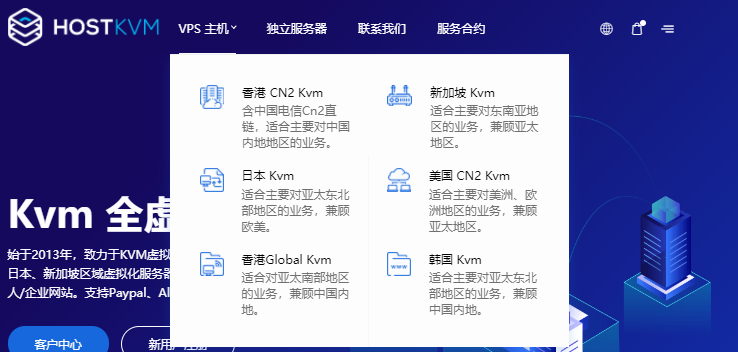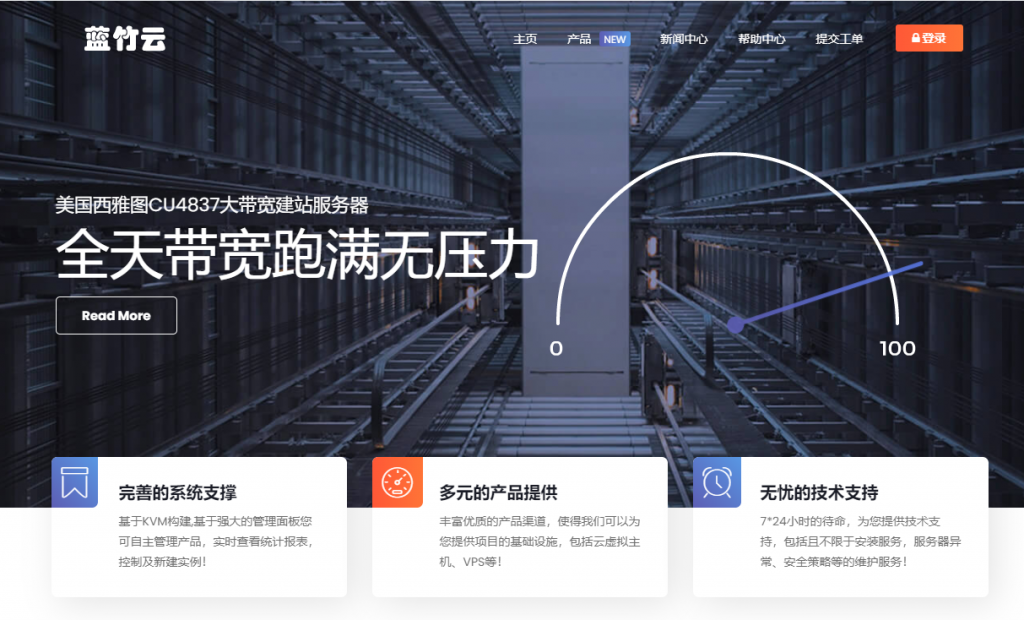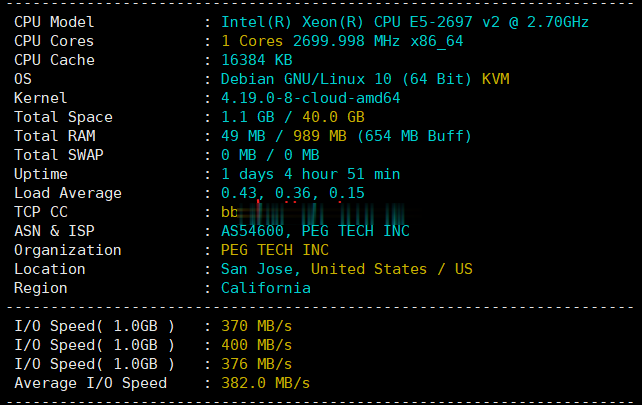磁带机HP磁带机
HP磁带机
There are several ways to use a tape machine on Linux, mainlythrough software such as Amanda and Tar.
Amanda provides the ability to provide remote centralizedbackup by setting the client side and the server side forremotecentralized storage. Tar is mostly used in a single machineenvironment to write data directly to a tape backup. For asingle node backup, simply use the Tar command for backup andrecovery.
The installation
For the current HP dat24/40 series of external SCSI tapemachines, all have automatic rollback functions. Take itoutside the SCSI bus and restart the server. After reboot, theexecution of the dmesgwill allowyou to see the new tapemachinedevice called /dev/st0.
Series: queue ef0d7a14, I/O limit of 4095 MB (mask 0 XFFFFFFFF)audit subsystem ver 0. 1 the initialized (scsi0: A: 3) : 10.000MB/s transfers (10.000 MHz, offset 15) Vendor: HP Model: C1537ARev: L805 Type: Sequential - Access ANSI SCSI revision: 02series: queue ef0e4614, I/O limit of 4095 MB (mask 0 XFFFFFFFF)Attached SCSI tape st0 at scsi0, channel 0, 3, id lun 0The tape operation
After loading the tape, you can do the following:
Rewind the tape to the starting position
Mt - f/dev/st0 rewind
Erase, erase the contents of the tape
Mt - f/dev/st0 erase
Note: erase work very slowly, and has damage to the tape, itis best not to perform, whenwriting data, can continue to writedata and cover the original data, and do not need to erase theaction. The new tape can be used immediately after it has beenopened, and it does not need to be erased.
Take the tape, roll the tape to the original position and thenpop up from the tape machine
Mt - f/dev/st0 offline
Data manipulation
The basic operations are as follows:
Column directory operations tar TVF/dev/st0
If there is no file on the tape, then the directorywill reportthe error, which has no relation and does not affect the useof the tape.
Root @ dev131 / root # tar TVF/dev/st0tar: / dev/st0: alwaysread: Input/output errortar:At the beginning of tape, quittingnowtar: the Error is not recoverable, exiting now root@dev131
/ root #
Write the data action tar CVF/dev/st0< to write the file name >There are two ways to write data: don't package it directly intothe file and package it to write the file. Each has itsadvantages and disadvantages. The method of not packagingdirectly into the file looks inefficient and complex, but canimprove the survival rate of the data. The tape is a linearstorage device, and all data is written next to the order. Whena point of tape is damaged, the rest of the tape can still beread, and the files can be read. If the method is packaged andcompressed, only one file is stored on the tape. Anywhere whenthe tape has malfunctioned can' t read, then the compressed filewill be lack of some details, even if it is a bit error, willalso result in CRC error can't extract the compressed filereport. So, if you're storing a lot of data, write it directly.If it is access to a small file, it is best to package it andadd a time tag to the file name.
For example, to write/root/test1.tar.gz to the tape andoverwrite the tape:
Tar CVF/dev/st0 test1. tar.gz
The speed of the tape is slower, for not a large file backup,wait a few seconds, and the write can be done. Using theparameter CVF will overwrite the existing files on this.Then list the files on the tape:
[root @dev131 / root] # tar TVF/dev/st0-rw-rw- r - root/root320 2006-1201. Tar.gz [root @dev131 / root] #
You can see the data written successfully.
Note: this command will only be written when the tape isentirely new, and the original data will be overridden on thesecond execution. In addition, using the tar command backup,the required backup file volume must be less than the capacityof a single disk of tape, which means a file cannot span twosets of tape. If this is the case, you can' t use the tar commandbackup, and you need to change the other backup programs to doso.
Continue to write the data tar RVF/dev/st0 < to write the filen ame >
Tape storage is a linear storage, and all data is written inturn. To not overwrite the contents of the front, use the RVFparameter to write the content when writing.
Tar RVF/dev/st0 test2. tar.gz
Once again, the RVF continues to write to other files:Tar RVF/dev/st0 test3. tar.gz
When the write is complete, check what files are on the tape:Root@dev131 /root#tar TVF/dev/st0-rw-r-r-320 root/root2006-12-01 09:29:02 test1. Tar. Gz -rw-r- r- 320 root/root
2006-12-01 09:44:19 test2. Tar. Gz -rw-r- r- 320 root/root2006-12-01 09:30:14 test3. Tar. Gz root @ dev131 / root #As you can see, the newly written files and the original filesare stored on the tape.
The linear storage feature of the tape makes it possible towrite the same file twice. For example, now the test3 file hasa file size change that is written to the tape again:Tar RVF/dev/st0 test3. tar.gz
Looking at the list of files, you can see the following fileson the tape:
Root@dev131 /root#tar TVF/dev/st0-rw-r-r-320 root/root2006-12-01 09:29:02 test1. Tar. Gz -rw-r- r- 320 root/root2006-12-01 09:30:14 test2. Tar. Gz -rw-r- r- 320 root/root2006-12-01 09:44:19 test3. Tar. Gz-rw-r-r-67085 root/root2006-12-01 09:44:19 test3. Tar. Gz root @ dev131 / root #Here you can see that there are two file names of the same nameon the tape. The two backup sizes of this file can be the sameor not the same.
Note: on tape if the file is written to the same times, therecovery time will be more troublesome, need to tape to documentstorage place, and then read the tape files stored in thecurrent position, more complicated to operate, speed is alsoslow. So it is not recommended to write the same file name ona tape. Before backing up, it is best to add a time tag to the
file name of the backup file so that you can find the backup.For example, the file name to be backed up istest-20061201-0930. tar.gz and test-20061201-0945.tar.gz,which is written to a tape. This makes it easier and faster toaccess and access operations when performing backup and restoreoperations.
Read the data tar XVF/dev/st0 < to read the file name >Before reading the data, check the content on the tape to getthe file name to be restored. For example, see the followingresults:
Root@dev131 /root#tar TVF/dev/st0-rw-r-r-320 root/root2006-12-01 09:29:02 test1. Tar. Gz -rw-r- r- 320 root/root2006-12-01 09:30:14 test2. Tar. Gz -rw-r- r- 320 root/root2006-12-01 09:44:19 test3. Tar. Gz root @ dev131 / root #Now restore the test3.tar.gz file, and execute the followingcommand:
Tar XVF/dev/st0 test3. tar.gz
After reading the data.
[root @dev131] # tar XVF/dev/st0 test3. tar.gz
You can then find the files that are read from the tape in thecurrent path:
[root @dev131 ~] # ls-l test3.tar.gz-rw-r -- r -- 1 root root
320 Dec 1 11: 12 test3. tar.gz
This completes the restore operation.
Using the tar command described above, you can use theTVF/CVF/RVF/XVF parameter to implement the read and writeoperation of the tape. The automatic backup can be implementedusing pre-written copy data scripts, combined with the tapemachine operation command, and placed in /etc/crontab.
- 磁带机HP磁带机相关文档
- 磁带hp磁带机[优质文档]
- 特性HP发布LTO-3 Ultrium960磁带机
- 磁带机hp磁带机:HP 448磁带机用户手册 hp磁带机
- 磁带机HP-UNIX 磁带机使用
- 磁带机6000小机上使用HP磁带机(dip)
- 磁带库hp-msl4080磁带机安装配置
HostKvm开年促销:香港国际/美国洛杉矶VPS七折,其他机房八折
HostKvm也发布了开年促销方案,针对香港国际和美国洛杉矶两个机房的VPS主机提供7折优惠码,其他机房业务提供8折优惠码。商家成立于2013年,提供基于KVM架构的VPS主机,可选数据中心包括日本、新加坡、韩国、美国、中国香港等多个地区机房,均为国内直连或优化线路,延迟较低,适合建站或者远程办公等。下面列出几款主机配置信息。美国洛杉矶套餐:美国 US-Plan1CPU:1core内存:2GB硬盘...

蓝竹云挂机宝25元/年,美国西雅图 1核1G 100M 20元
蓝竹云怎么样 蓝竹云好不好蓝竹云是新商家这次给我们带来的 挂机宝25元/年 美国西雅图云服务器 下面是套餐和评测,废话不说直接开干~~蓝竹云官网链接点击打开官网江西上饶挂机宝宿主机配置 2*E5 2696V2 384G 8*1500G SAS RAID10阵列支持Windows sever 2008,Windows sever 2012,Centos 7.6,Debian 10.3,Ubuntu1...

raksmart:全新cloud云服务器系列测评,告诉你raksmart新产品效果好不好
2021年6月底,raksmart开发出来的新产品“cloud-云服务器”正式上线对外售卖,当前只有美国硅谷机房(或许以后会有其他数据中心加入)可供选择。或许你会问raksmart云服务器怎么样啊、raksm云服务器好不好、网络速度快不好之类的废话(不实测的话),本着主机测评趟雷、大家受益的原则,先开一个给大家测评一下!官方网站:https://www.raksmart.com云服务器的说明:底层...

-
国家网络安全部中国国家安全局是怎么招人的?淘宝门户中国有哪些行业门户网站金评媒朱江喜剧明星“朱江”的父亲叫什么?敬汉卿姓名被抢注身份证号码被别人抢注了12306帐号怎么办18comic.fun贴吧经常有人说A站B站,是什么意思啊?地陷裂口天上顿时露出一个大窟窿地上也裂开了,一到黑幽幽的深沟可以用什么四字词语来?psbc.comwap.psbc.com网银激活seo优化工具SEO优化神器有什么比较好的?mole.61.com摩尔大陆?????www.zzzcn.com哪里有免费看书的网站